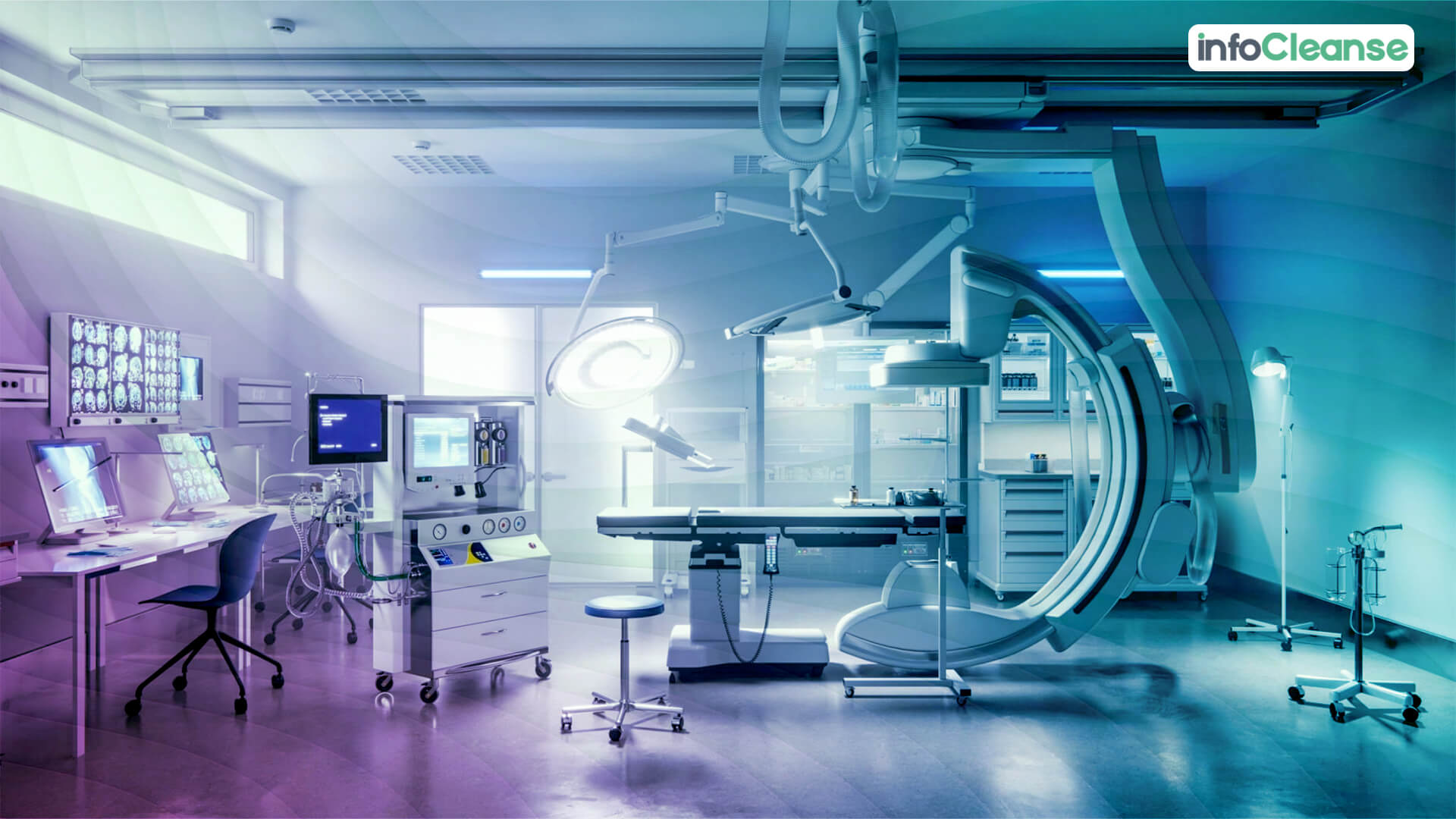
Medical devices have always persisted as essential instruments to support healthcare workers worldwide. However, the advent of the 21st century led to the acceleration of technological advancements, resulting in AI-infused tools to assist with precise diagnosis and improved patient care. The synonymity of medical devices with the improved features also created a spike in demand worldwide.
Medical device manufacturers in the US adapted to this growing demand, catering to healthcare institutions in the country and abroad. Undergoing a sudden change mandated the need for flexibility, and medical device manufacturers who increased their production watched revenues soar.
Since the lingering effects of the pandemic have primarily subsided in 2023, we think it’s the perfect time to analyze some top medical device manufacturing companies in USA. Read on to understand why these organizations possess a significant market share.
Medtronic has consistently persisted as one of the leading device manufacturers, ending the 2022 fiscal year with a revenue of $31.686 billion. During the same period, it witnessed an increase in the adoption of several implantable devices, with the Micra pacemaker and TYRX absorbable antibacterial envelopes ranked amongst the most popular devices.
In addition to the cardiac devices segment, the company also witnessed organic growth in the following:
The primary strength of Medtronic is its focus on innovation to improve its products and capture new markets continuously. The company also has a significant market share in leadless pacemakers with its dedicated unit that can be implanted into the heart with few complications.
However, Medtronic also faced various supply chain issues that impacted the company’s performance in colossal markets like China. Further increasing transport, labor and materials costs might also affect the company, but these are consistent struggles for most medical device manufacturing companies in the US market.
Re-branding its medical device manufacturing unit as Johnson & Johnson MedTech, the organization has shifted its focus on creating distinctive devices. The new focus lies in
“delivering breakthrough scientific innovation and reimagining health in an increasingly digital world.”
as claimed by the EVP and Executive Chair of the MedTech segment, Ashley McEvoy.
The company delivered on this promise as it published a revenue of $23,791 billion in 2022, second only to Medtronic in the medical device manufacturing companies list.
Like Medtronic, Johnson & Johnson emphasizes innovation to accentuate business growth. They incorporate the following elements to enhance the value of their products.
A prime example of an impactful collaboration is the Blue Knight initiative between Johnson & Johnson and the Biomedical Advanced Research and Development Authority (BARDA). This partnership aims to facilitate a global preparedness for health risks with a combination of innovation and technological developments.
Although third on the list with a marketing revenue of $10,937 billion, Abbott has announced several new products over the last year. Some of the most notable ones include the following.
The company is also continuously striving to improve its existing products and incorporate additional features with FDA approval to increase the quality of life.
GE Healthcare entered the limelight during the pandemic when the company ramped up the production of ventilators, promising to deliver a total of 50,000 units by July 2020. Subsequently, this medical device manufacturing organization entered into two separate deals with the US government to mass produce ventilators at a predetermined price.
Their business deals during the early stage of the pandemic helped them secure business from several organizations, boosting their revenue to $18 billion in 2022.
GE Healthcare also supplemented a distinctive reputation in the medical devices market with an offering entitled ‘Mural Virtual Care Solution.’ This state-of-the-art feature allowed doctors to assess patients on ventilators and help them monitor patients more susceptible to deterioration.
Doctors could access the information using a central database without entering the vicinity of the patients. Given the transmission rates of covid-19, this was an effective tool that streamlined diagnosis and treatment procedures.
The global health crisis posed by covid-19 was challenging to maneuver for the general population and healthcare institutions. However, BD was one of the few companies that adapted quickly with the help of strategic foresight.
Sensing a major shift in the healthcare domain, BD immediately turned its focus to three elements.
Observing the market movements also convinced the company to invest about $1.2 billion towards enhancing the existing manufacturing capabilities and producing advanced drug delivery systems.
Unsurprisingly, several medical device manufacturers flourished during the pandemic as they altered existing business operations. Although instantaneously increasing production hurt their revenues initially, the long-term benefits of catering to a pandemic-plagued market helped them recover.
Several contracts with government and private institutions contributed significantly to the revenue of these manufacturers.
While the effects of the global catastrophe are slowly receding, the medical sector still needs relevant devices. Hence, these businesses will continue to profit and expand their reach to cover diverse clientele worldwide
Enterprises today navigate a complex business landscape combined with rapid technological evolution and fierce competition.…
In the ever-evolving B2B ecosystem, staying ahead of the curve is becoming a matter of…
From time immemorial, lawyers have played a crucial role in shaping our social fabric. With…
A pioneer in the automotive industry, the USA was the first country in the world…
The global software spectrum is so diverse and versatile that there is never any dearth…
What is the first thing that crosses your mind while visualizing a healthcare facility? The…